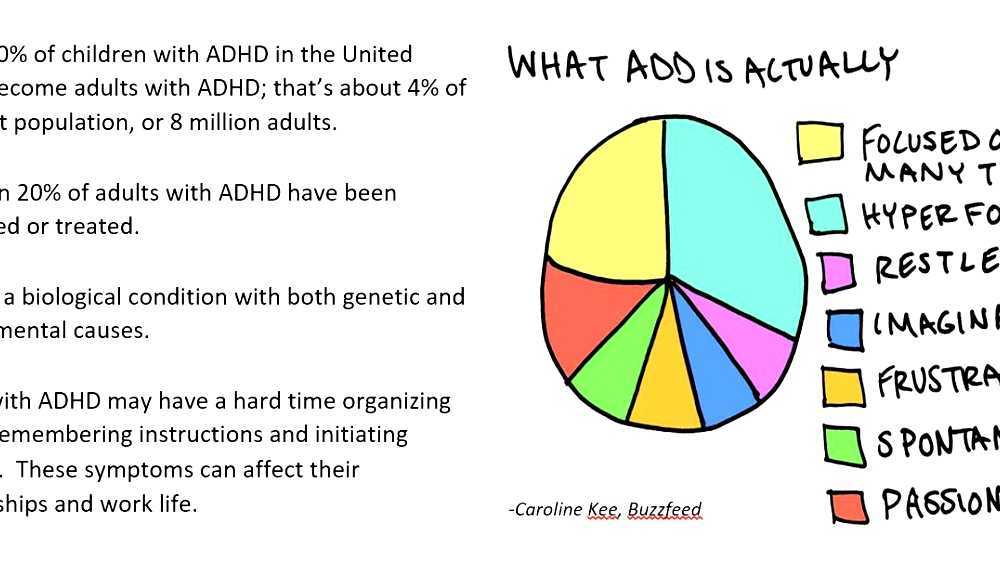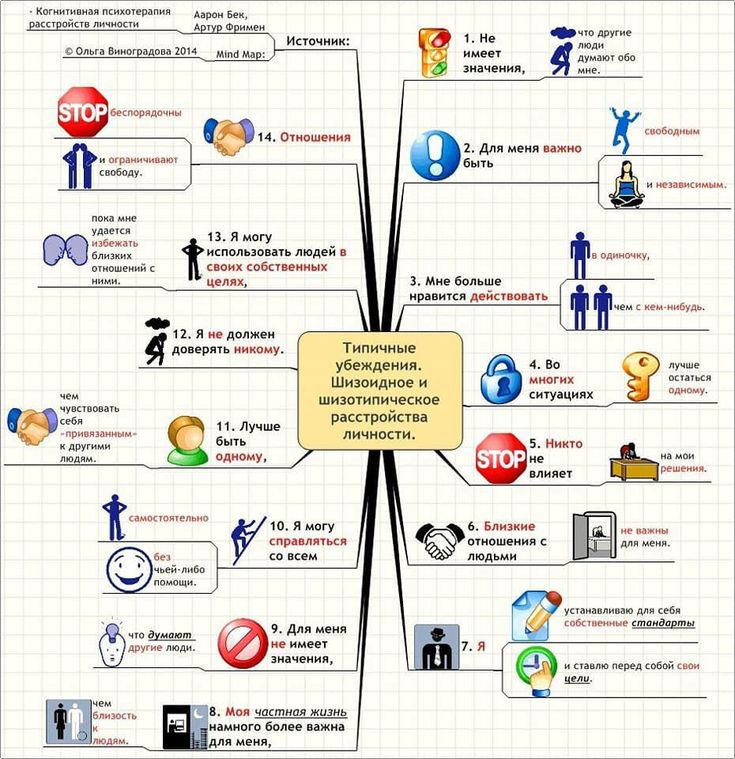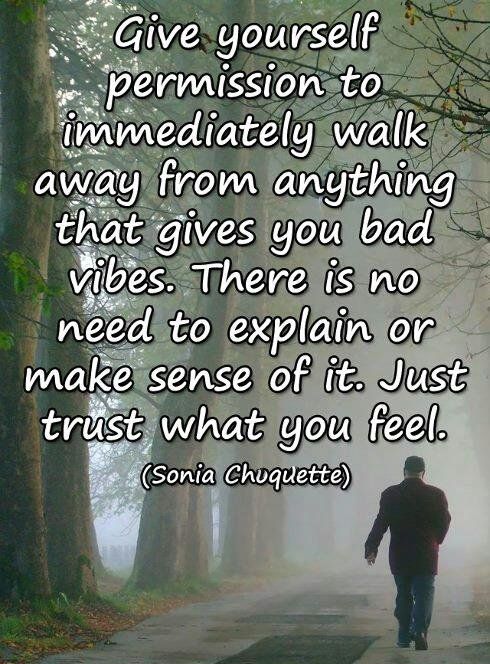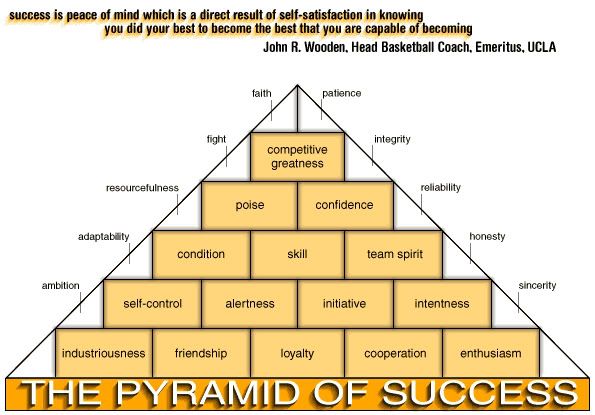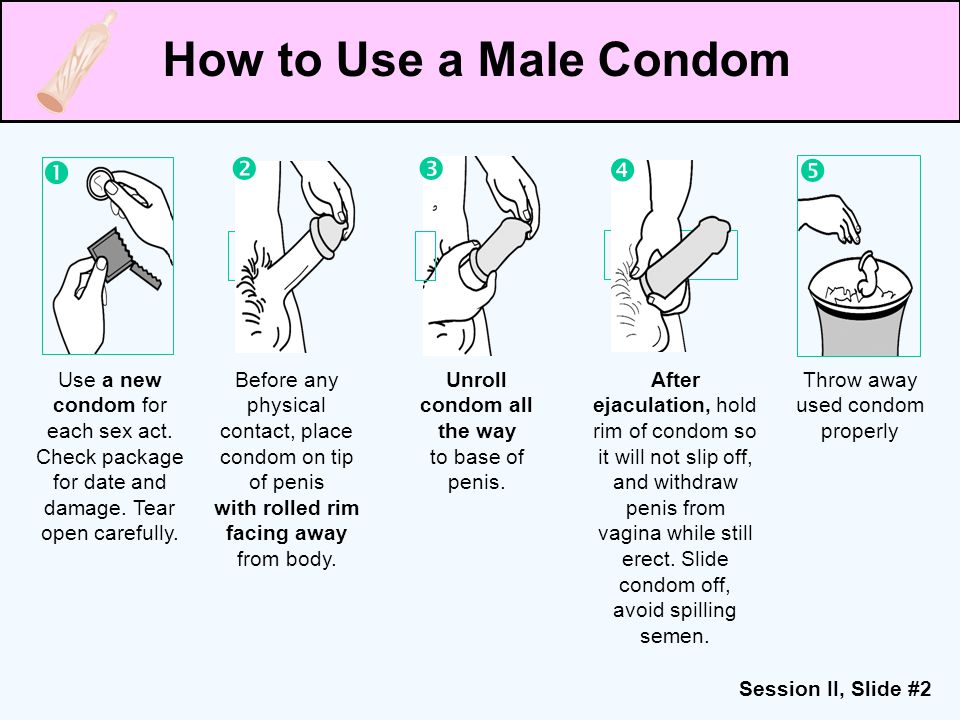Emotion grief art
How Artistic Expression Can Help You Cope
When you’ve had a significant loss, grieving can be overwhelming. Sometimes expressing your pain may help, and art can be one way to do that.
Grief is a personal experience that’s often unique and intimate. What brings comfort to you in a time of grieving may differ from what helps someone else. Creating or connecting with art can be a healing experience for some people.
Depending on your coping skills and circumstances, you may need more or less support to process your loss. You might find relief in creating art on your own, or you might consider working with a therapist who specializes in art therapy.
You could also consider connecting with other people’s art if that brings you comfort or relief. For example, you could listen to classical music or go to a concert, visit a museum, or ask a professional artist to do a painting of a loved one who has died.
If you’d like to explore art as a therapeutic tool to cope with grief, you may consider doing something that you’ve enjoyed in the past first. For example, if you find that music soothes you, you could try dancing or singing for emotional release.
Although these artistic activities may provide some relief, they aren’t a substitute for professional support. If you’re having a difficult time and feel grief is impacting one or more aspects of your life, consider reaching out for help.
In general, these creative activities may help you cope with some aspects of bereavement:
Visual arts
Creating something visual can serve as a cathartic method of expression or work as a tribute or memorial to your loved one.
If you’re up for it, you could do both — something that allows you to express freely, like a stain or finger painting on a canvas, and also something that you’ll keep as a tribute, like a quilt.
Here are some ideas to consider:
- putting together a photo collage or scrapbook with your favorite photos of your loved one
- creating a wall of memories with framed photos of your favorite moments
- painting on a blank canvas, sheet, or wall
- improvising intuitive art using brushes, crayons, or paint and just moving freely through a canvas or paper
- creating or coloring mandalas from a book or printout
- decorating a meaningful object
- creating the art and getting a tattoo of it
- carving and decorating a wooden box to keep meaningful souvenirs close to you
- creating a memorial garden with colorful planters, wind spinners, and personalized stones or objects
- making a quilt out of your loved one’s clothing
Music and dance
Music can be both a way to express yourself and a way to connect to your departed loved one.
Consider these ideas:
- creating a recording or video playlist with your loved one’s favorite tunes
- dancing to the beat of the songs you once shared and connecting to those memories
- playing upbeat music that allows you to freestyle dance
- writing a song in your loved one’s honor
- creating a video with images of your loved one and a meaningful song in the background
- listening to relaxing music
Writing
Writing can help you cope with grieving emotions in different ways. You can pour unfiltered thoughts and emotions into the paper for a releasing effect, or you can pay homage to your loved one by writing about their life, stories, or favorite quotes.
Here are some ideas you may want to try:
- writing about how you feel, without worrying about grammar or spelling
- recording your favorite memories with your loved one
- writing a letter to your loved one
- writing your loved one’s memoirs
- using journal prompts to process how you feel or what you think
Although studies about grief art are relatively scarce, literature from 2020 indicates that art therapy may be especially effective for bereaved children who’ve experienced a traumatic loss.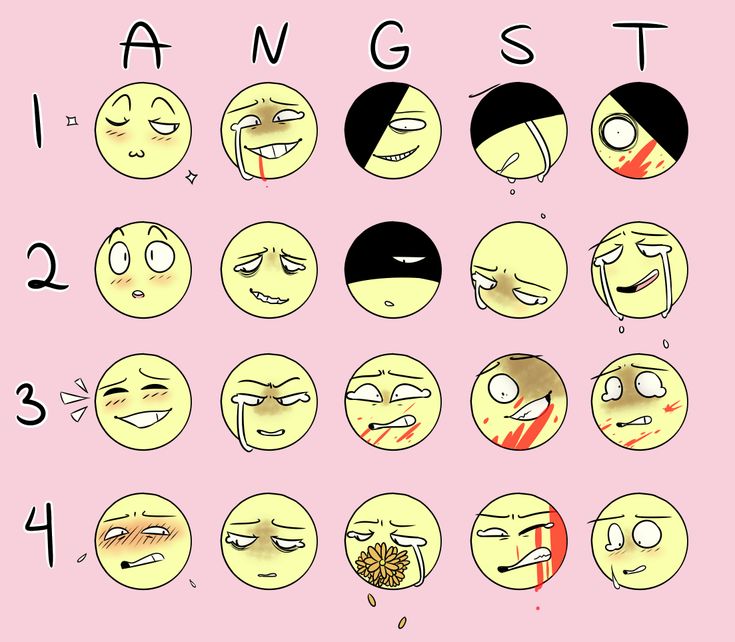
Art therapy is a type of psychotherapy that incorporates creative activities, such as painting, dancing, or clay molding, as a means for a person to express freely.
A 2018 systematic review of 27 studies on art therapy and grieving found that the therapeutic use of visual art creation helped adult participants develop coping skills to manage their grief. For example, it helped some people make sense of the loss and find ways to preserve their loved one’s legacy.
Visual arts included the creation of:
- scrapbooks
- photo collages
- drawings
- photo essays
- paintings
When it came to relieving the pain of the loss, researchers didn’t find any significant benefits from visual art creation. However, they did find that a great percentage of study participants reported an improvement in their sense of well-being.
Art therapy has also been found effective for the management of anxiety, a symptom that may sometimes accompany grief.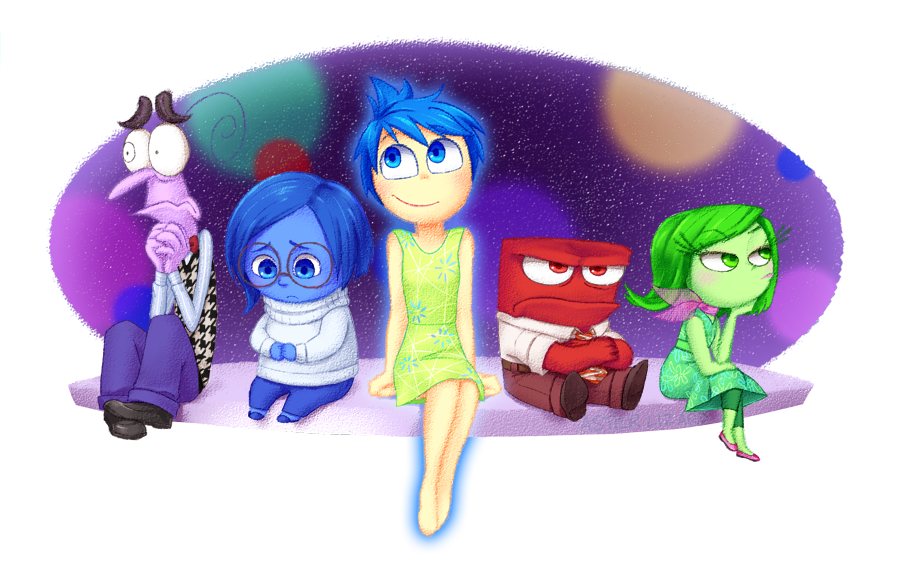
In general, creative interventions have been found helpful for traumatic grieving, according to 2010 research, particularly for children and adolescents. These include writing, storytelling, drawing, commemorating, and ritualizing.
Creating art on your own
Even without a therapist, creating art may be a healing experience when you’re grieving.
For one, artistic expression can be a mindful activity, where you focus your attention on the creative process. Research from 2016 indicates that mindfulness helps regulate emotions, which could help you manage sadness or anger when grieving, for example.
Writing about your loss and your feelings may also help you cope with intrusive thoughts, negative emotions, and emotional overwhelm, as research from 2010, 2012, 2019, 2021, and 2022 indicates. In fact, journaling has repeatedly been linked to emotional release and processing.
Musical creativity, particularly co-creative songwriting, may also serve as a support tool for younger adults who are grieving, research from 2022 suggests.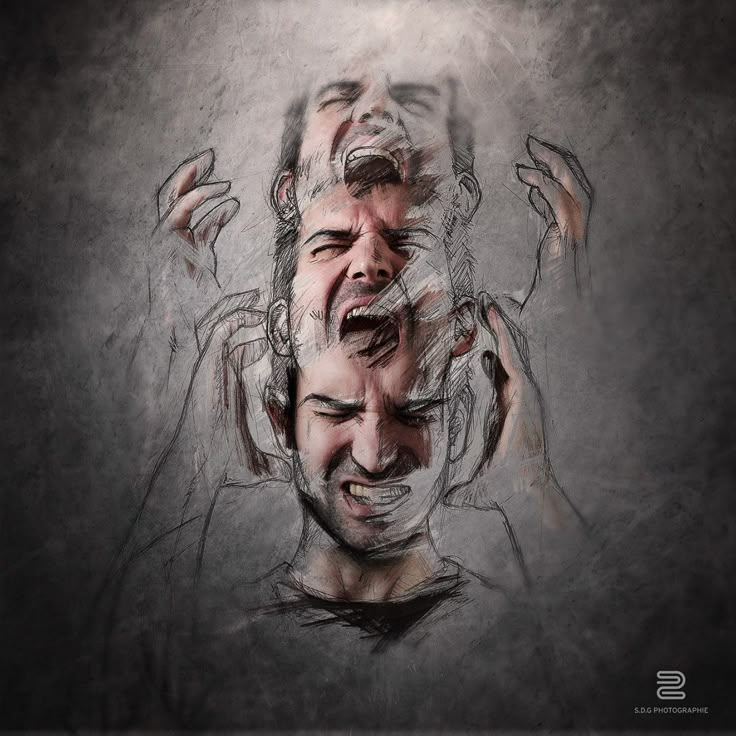
Memorial tattoos may also help you process your emotions, serve as a visual representation of your loved one, and integrate your loss into your life and identity.
Art creation and art therapy may be therapeutic tools for some people who are grieving.
Grief art can be about freestyling or it could also be a guided activity with an art therapist. Art therapy is a psychotherapy approach that uses art as the main tool to communicate how you feel.
If you’re having a difficult time or feel you’ve been grieving for a long time, consider reaching out to a mental health professional for ongoing support.
How Artistic Expression Can Help You Cope
When you’ve had a significant loss, grieving can be overwhelming. Sometimes expressing your pain may help, and art can be one way to do that.
Grief is a personal experience that’s often unique and intimate. What brings comfort to you in a time of grieving may differ from what helps someone else. Creating or connecting with art can be a healing experience for some people.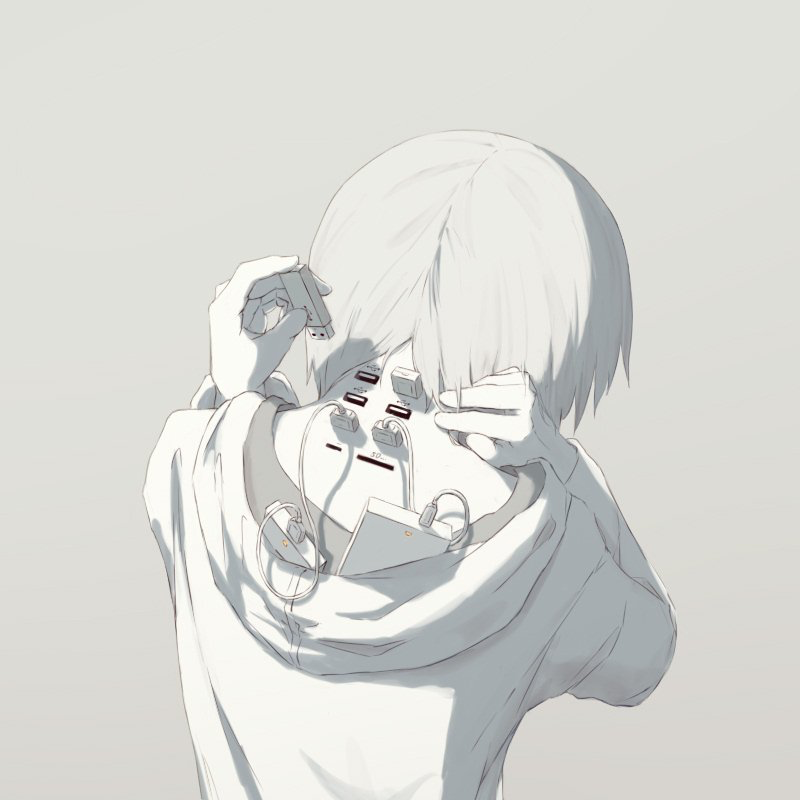
Depending on your coping skills and circumstances, you may need more or less support to process your loss. You might find relief in creating art on your own, or you might consider working with a therapist who specializes in art therapy.
You could also consider connecting with other people’s art if that brings you comfort or relief. For example, you could listen to classical music or go to a concert, visit a museum, or ask a professional artist to do a painting of a loved one who has died.
If you’d like to explore art as a therapeutic tool to cope with grief, you may consider doing something that you’ve enjoyed in the past first. For example, if you find that music soothes you, you could try dancing or singing for emotional release.
Although these artistic activities may provide some relief, they aren’t a substitute for professional support. If you’re having a difficult time and feel grief is impacting one or more aspects of your life, consider reaching out for help.
In general, these creative activities may help you cope with some aspects of bereavement:
Visual arts
Creating something visual can serve as a cathartic method of expression or work as a tribute or memorial to your loved one.
If you’re up for it, you could do both — something that allows you to express freely, like a stain or finger painting on a canvas, and also something that you’ll keep as a tribute, like a quilt.
Here are some ideas to consider:
- putting together a photo collage or scrapbook with your favorite photos of your loved one
- creating a wall of memories with framed photos of your favorite moments
- painting on a blank canvas, sheet, or wall
- improvising intuitive art using brushes, crayons, or paint and just moving freely through a canvas or paper
- creating or coloring mandalas from a book or printout
- decorating a meaningful object
- creating the art and getting a tattoo of it
- carving and decorating a wooden box to keep meaningful souvenirs close to you
- creating a memorial garden with colorful planters, wind spinners, and personalized stones or objects
- making a quilt out of your loved one’s clothing
Music and dance
Music can be both a way to express yourself and a way to connect to your departed loved one.
Consider these ideas:
- creating a recording or video playlist with your loved one’s favorite tunes
- dancing to the beat of the songs you once shared and connecting to those memories
- playing upbeat music that allows you to freestyle dance
- writing a song in your loved one’s honor
- creating a video with images of your loved one and a meaningful song in the background
- listening to relaxing music
Writing
Writing can help you cope with grieving emotions in different ways. You can pour unfiltered thoughts and emotions into the paper for a releasing effect, or you can pay homage to your loved one by writing about their life, stories, or favorite quotes.
Here are some ideas you may want to try:
- writing about how you feel, without worrying about grammar or spelling
- recording your favorite memories with your loved one
- writing a letter to your loved one
- writing your loved one’s memoirs
- using journal prompts to process how you feel or what you think
Although studies about grief art are relatively scarce, literature from 2020 indicates that art therapy may be especially effective for bereaved children who’ve experienced a traumatic loss.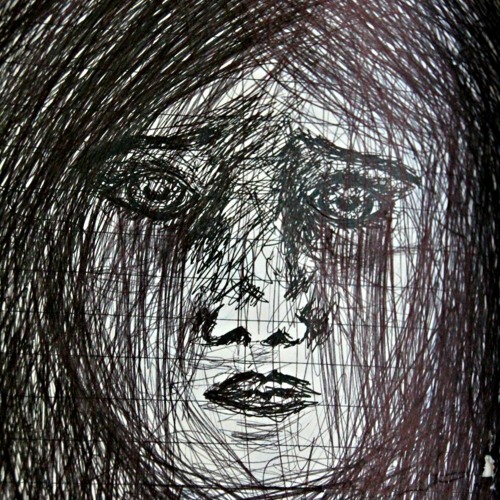
Art therapy is a type of psychotherapy that incorporates creative activities, such as painting, dancing, or clay molding, as a means for a person to express freely.
A 2018 systematic review of 27 studies on art therapy and grieving found that the therapeutic use of visual art creation helped adult participants develop coping skills to manage their grief. For example, it helped some people make sense of the loss and find ways to preserve their loved one’s legacy.
Visual arts included the creation of:
- scrapbooks
- photo collages
- drawings
- photo essays
- paintings
When it came to relieving the pain of the loss, researchers didn’t find any significant benefits from visual art creation. However, they did find that a great percentage of study participants reported an improvement in their sense of well-being.
Art therapy has also been found effective for the management of anxiety, a symptom that may sometimes accompany grief.
In general, creative interventions have been found helpful for traumatic grieving, according to 2010 research, particularly for children and adolescents. These include writing, storytelling, drawing, commemorating, and ritualizing.
Creating art on your own
Even without a therapist, creating art may be a healing experience when you’re grieving.
For one, artistic expression can be a mindful activity, where you focus your attention on the creative process. Research from 2016 indicates that mindfulness helps regulate emotions, which could help you manage sadness or anger when grieving, for example.
Writing about your loss and your feelings may also help you cope with intrusive thoughts, negative emotions, and emotional overwhelm, as research from 2010, 2012, 2019, 2021, and 2022 indicates. In fact, journaling has repeatedly been linked to emotional release and processing.
Musical creativity, particularly co-creative songwriting, may also serve as a support tool for younger adults who are grieving, research from 2022 suggests.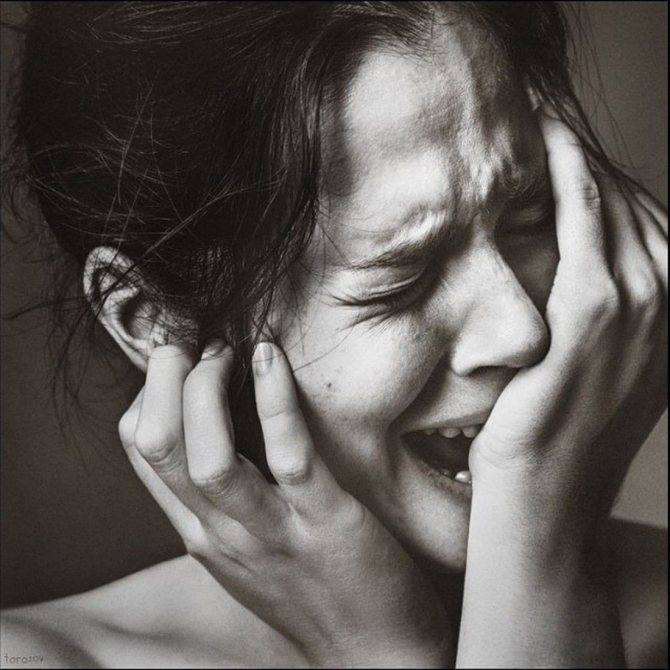
Memorial tattoos may also help you process your emotions, serve as a visual representation of your loved one, and integrate your loss into your life and identity.
Art creation and art therapy may be therapeutic tools for some people who are grieving.
Grief art can be about freestyling or it could also be a guided activity with an art therapist. Art therapy is a psychotherapy approach that uses art as the main tool to communicate how you feel.
If you’re having a difficult time or feel you’ve been grieving for a long time, consider reaching out to a mental health professional for ongoing support.
Lesson 3. Controlling Emotions - The Craft of an Actor
As we have probably already understood from our first lessons on the presented topic, acting is a very interesting and exciting creative activity. But at the same time, it is also a very complex activity, because requires from any person who is involved in it, the maximum disclosure of their creative potential, which, in turn, implies the activation and mobilization of all mental resources, and in particular the ability to express and convey experienced emotions.![]() Thus, we can conclude that the craft of the actor, to a large extent, is the ability to control their emotions.
Thus, we can conclude that the craft of the actor, to a large extent, is the ability to control their emotions.
According to Stanislavsky, the craft is the use by an actor of ready-made actor's clichés, perceiving which the viewer can unequivocally determine what emotions the character is experiencing at a given moment in time. Moreover, the emphasis should be placed precisely on the external manifestations of internal experiences. The ability of an actor to reproduce emotions will be discussed in the lesson presented to your attention.
Content:
- Emotional process
- Emotions and basic emotions
- 15 Emotion Control Techniques
- Test your knowledge
After studying this lesson, you will learn about what emotions are and how they are characterized, what are the basic emotions and how they manifest themselves outwardly. But most importantly, you will get acquainted with the various ways and methods of managing emotions, which are so rich in acting.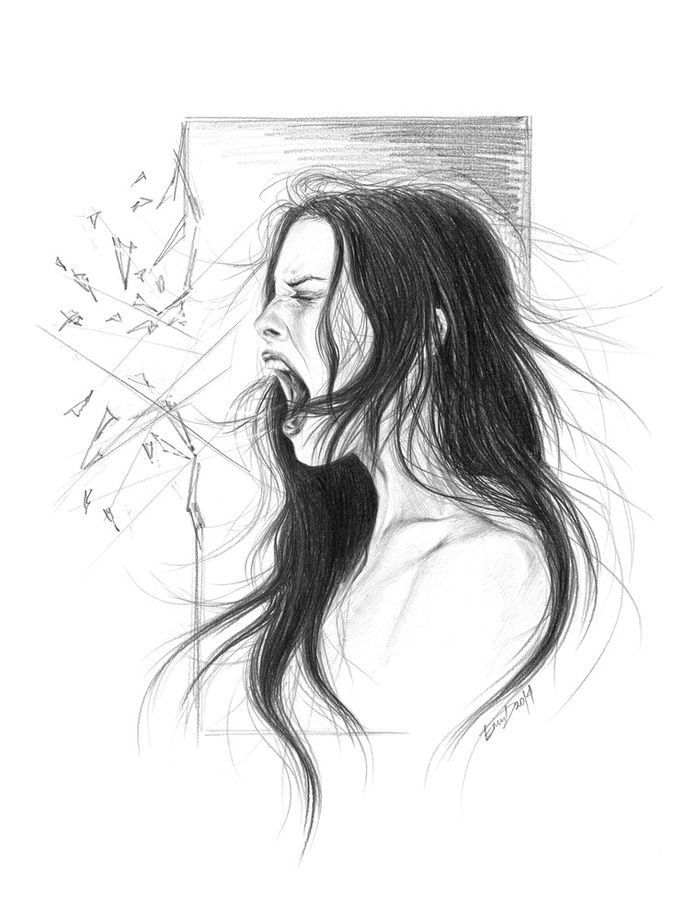
The lesson will describe in detail the main emotions and feelings, provide exercises and recommendations to help train their reproduction and manifestation (facial expressions, gestures, postures, etc.), as well as several effective techniques for managing emotions, using which you will learn quickly reproduce any emotional state at any moment.
Actors' emotions are people's emotions, and this lesson will make you a real master of emotion control, which will allow you to use this unique skill not only on stage, but also in your daily life.
Emotional process
Emotional process is a psychophysical process that motivates and regulates human activity (thinking, perception, behavior) and reflects the subjective meaning of various situations and objects for a person, expressed in his mind in the form of experiences. Despite this definition, in scientific circles there are a huge number of different views on the very nature of emotional processes, and there is no one specific definition for this phenomenon, and emotional processes should always be understood from the context in which they are considered.
Classification of emotional processes by different scientists also occurs in different ways. There are even theories that take as a basis the existence of only one emotion in general, which simply depends on certain factors and causes various experiences. Most of the researchers among the emotional processes are distinguished by several basic ones - these are affects, emotions, feelings and moods. Let's consider each of them in a little more detail:
| A | Affects - are short-term intense emotional processes that are accompanied by changes at the physiological level. For example, sudden fear. |
| B | Emotions - are longer, but less intense than the first ones, and reflect the subjective meaning of situations (but not specific objects) for a person. For example, a feeling of anxiety. |
| C | Feelings - are longer, but less intense than affects, and reflect the subjective significance of specific objects for a person. For example, love. For example, love. |
| D | Moods are continuous emotional processes of low intensity. For example, boredom. |
The reasons for the emergence of various emotional processes, as you can easily see, can be anything: events, situations, phenomena, objects, people, animals, thoughts, etc.
Considering that our lesson is devoted specifically to managing emotions, we should talk a little about what emotions are and list the basic emotions of a person.
Emotions and basic emotions
Emotion is an emotional process characterized by an average duration and reflecting a person's subjective assessment of existing or possible situations. Like most other mental phenomena, they are little studied and are understood differently by different specialists. It follows that this definition is not comprehensive and generally accepted.
Emotions are characterized by a number of features:
| 1 | Valence - positive or negative color. By the way, it has been scientifically confirmed that negative emotions prevail over positive ones in a person, and their number is several times greater. By the way, it has been scientifically confirmed that negative emotions prevail over positive ones in a person, and their number is several times greater. |
| 2 | Intensity - the strength with which emotions are experienced. |
| 3 | Sthenic – emotions can be stimulating (sthenic), for example, joy, or relaxing, paralyzing (asthenic), for example, melancholy. |
| 4 | Content - Emotions can reflect various aspects of the meanings of the situations that evoke them. |
| 5 | Physiology is a factor that reflects the impact of emotions on a person at the physiological level and causes a certain reaction of the body. |
| 6 | Mimic feedback - emotions can cause involuntary manifestations at the level of facial expressions. However, facial expressions can also cause certain emotions, i.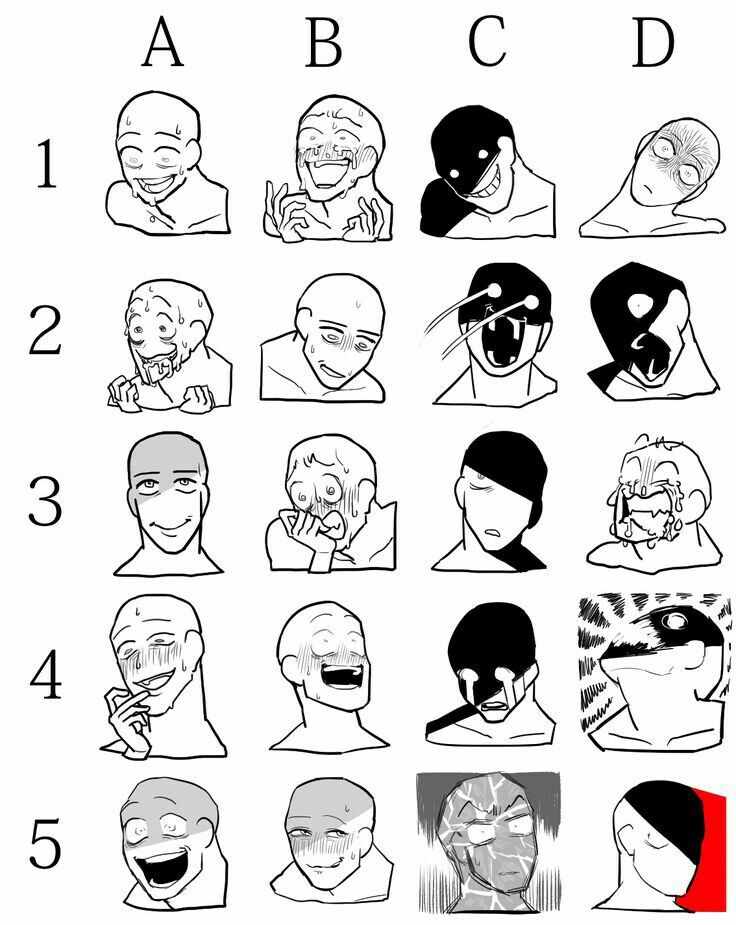 e. communication is two-way. e. communication is two-way. |
It should also be noted here that scientists have found the strongest connection between emotions and stress, which means that the strongest emotions, regardless of valence, have a tiring effect on the human body and lead to a state of stress, which, with prolonged exposure, can even cause problems on the mental, physiological and other levels.
What are basic emotions?
Basic emotions is the basic set of emotions present in every person.
To date, there is no generally accepted classification of emotions, and some scientists tend to believe that basic emotions exist, while others deny the fact of their existence. But most experts are still inclined to believe that they are, and in order to determine whether an emotion is basic, there are several defining parameters:
- Basic emotions have a foundation at the neural level.
- Basic emotions are manifested at the level of facial expressions.

- Basic emotions are recognized by a person and clearly experienced by him.
- Basic emotions are the result of evolutionary biological processes.
- Basic emotions have an organizing and motivating effect on a person.
There are other characteristics to consider when defining basic emotions, but they are secondary.
Many researchers have tried and continue to try to determine the basic emotions, but no single list of them has yet been created. But, despite this, there are several basic classifications, the most popular of which can be called the classification of Carroll Izard. That is what we will consider.
Izard's classification of basic emotions
According to Carroll Izard, there are eleven basic emotions, and any others are their combination and modification, and arise from them. Below is a list of basic emotions. Basic Emotes by Izard:
- Joy
- Surprise
- Sadness
- Anger
- Disgust
- Contempt
- Woe-suffering
- Shame
- Interest-excitement
- Wines
The following is a description of each of these emotions so that you know their signs and physiological manifestations, and be able to reproduce them if necessary.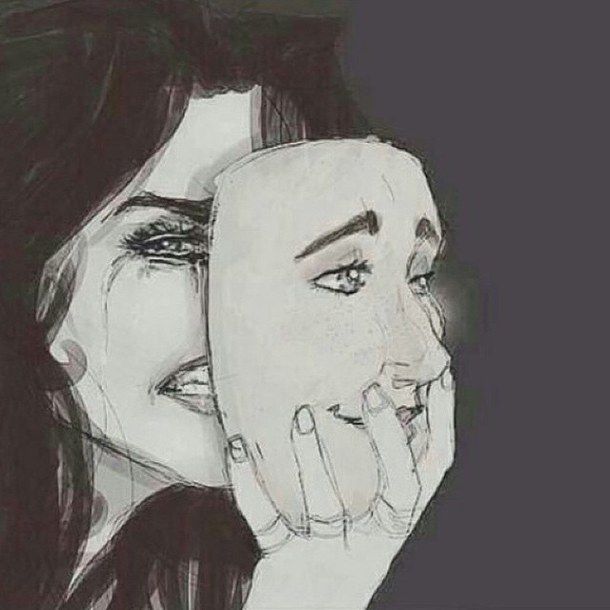
1
Joy
Joy is one of the main positive human emotions. It is characterized by a feeling of satisfaction, happiness and pleasure, and is also considered a positive intrinsic motivation.
Physiological and external manifestations: smile, desire to be active, pronounced gestures, rapid heartbeat, desire for communication, good mood.
How to evoke joy: in order to evoke joy in yourself, you can think of something pleasant (about some kind of joyful event), recall pleasant memories in your memory, communicate with a person who is in a good mood, buy something something that you have long dreamed of, in general, to do something that caused, causes or can cause pleasant emotions in you.
2
Surprise
Surprise is an emotion that appears in the event of an unexpected situation. In more scientific terms, surprise can be called an adequate response to a deviation from the norm. Depending on the specifics of the situation, surprise can turn into fear, interest or joy.
Depending on the specifics of the situation, surprise can turn into fear, interest or joy.
Physiological and external manifestations: raised eyebrows, rounded eyes, parted lips, in another case - drawn together eyebrows, head tilted forward, with great surprise - wrinkles crossing the forehead.
How to surprise: The main way to surprise yourself is to reproduce physiological manifestations. To simplify your task, you can mentally imagine something that could surprise you: some object, person, situation. Simply put, to be surprised, you need to pretend that you are surprised.
3
Sadness
Sadness is an emotion that occupies an intermediate position between melancholy, sadness and despondency, and is able to incline first to one, then to the other, then to the third. Occurs in the event of any distressing circumstances.
Physiological and external manifestations: drawn together eyebrows and their raised inner part, stretched corners of the upper eyelids, lowered corners of the lips, vertical wrinkles between the eyebrows, horizontal wrinkles in the center of the forehead, sometimes tears, passive behavior, desire to be alone with oneself.
How to evoke sadness: you can invoke sadness in yourself quite simply: to do this, you need to think about some sad, sad, tragic event in your life, try to feel what you felt when this event happened, and try linger in this state, feel it as deeply as possible, so that the emotion of sadness shows its external signs.
4
Anger
Anger is an emotion with a strong negative valence. Most often, anger is caused by injustice towards a person and the desire to eliminate this injustice immediately.
Physiological and external manifestations: drawn and lowered eyebrows, if anger reaches the limit, then the outer side of the eyebrows shoots up, narrowed or, conversely, bulging eyes, tense eyelids, tense and closed lips, in other cases, a grin, tense muscles of the neck and chin, a huge motivation for active actions, sometimes inadequate, the desire to influence the object of anger physically.
How to evoke anger: You can evoke an emotion of anger in yourself very simply: you need to think about something that causes you a frank feeling of protest and injustice, remember a conflict situation or a person (if there is one, of course), whose actions cause you to you negative emotions.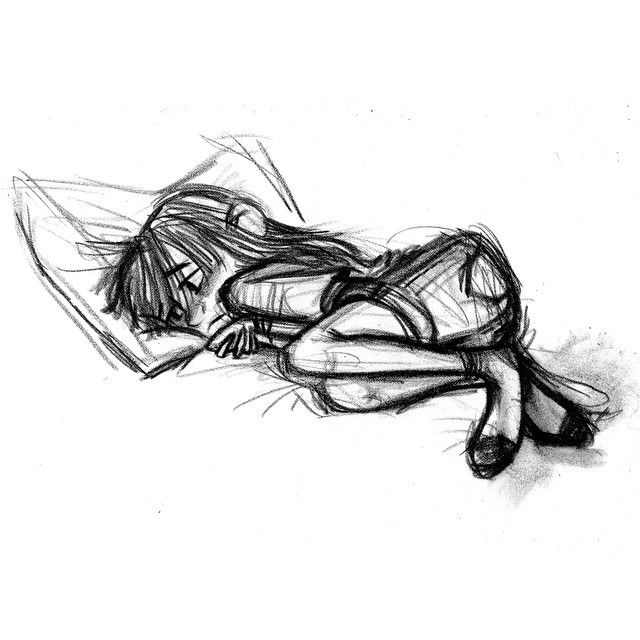 In the case of anger, the reproduction of physiological manifestations helps very well.
In the case of anger, the reproduction of physiological manifestations helps very well.
5
Disgust
Disgust is a strong form of rejection, a negatively colored feeling. It occurs in cases when a person is faced with something that is very unpleasant for him from a moral, physical, aesthetic point of view.
Physiological and external manifestations: strongly raised upper lip, raised or lowered, but protruding lower lip, raised cheeks, narrowed eyes and slightly lowered eyebrows, wrinkles at the bridge of the nose, desire to turn away, brush away, move away.
How to arouse disgust: it is very easy to arouse disgust in yourself if you try to imagine something very unpleasant in your imagination in all details: any objects, situations, manifestations and behavior of people, smells, tastes, pictures, etc. d. It is easy to express the emotion of disgust, simply by reproducing its external manifestations.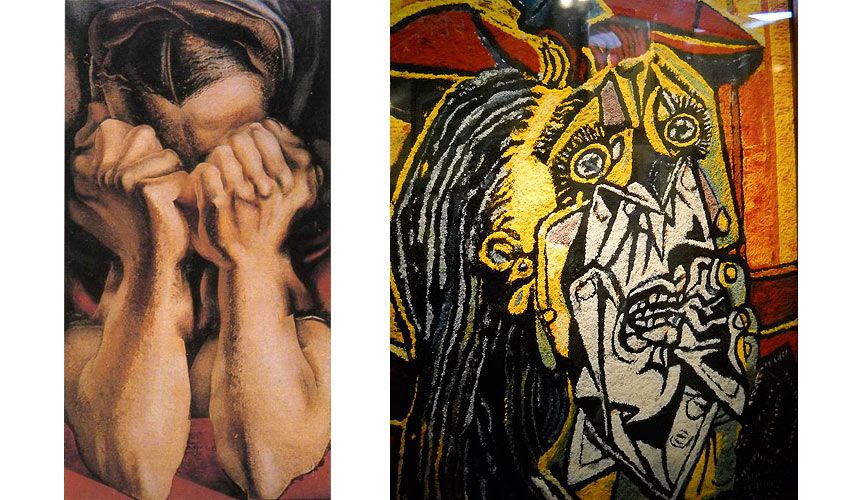 Most likely, the necessary inner experiences will arise in you by themselves.
Most likely, the necessary inner experiences will arise in you by themselves.
6
Contempt
Contempt is a negatively colored feeling that arises in relation to any object that exhibits behavior or qualities that the disgusted person himself does not allow himself to demonstrate and which seems to him extremely unacceptable. Often, disgust is associated with a sense of superiority of one person over another and can turn into anger and even hatred.
Physiological and external manifestations: signs are similar to signs of disgust, but they most often lack symmetry, tense corners of the lips, closed lips, pushed forward and / or raised chin, a desire to express one's negative attitude, to point out the wrong.
How to arouse contempt: arouse contempt is a little more difficult than the above emotions, but of course it is possible. To do this, it is best, as before, to recreate in your imagination the image of a person whose behavior or qualities cause you negative emotions, and which you do not allow yourself to show.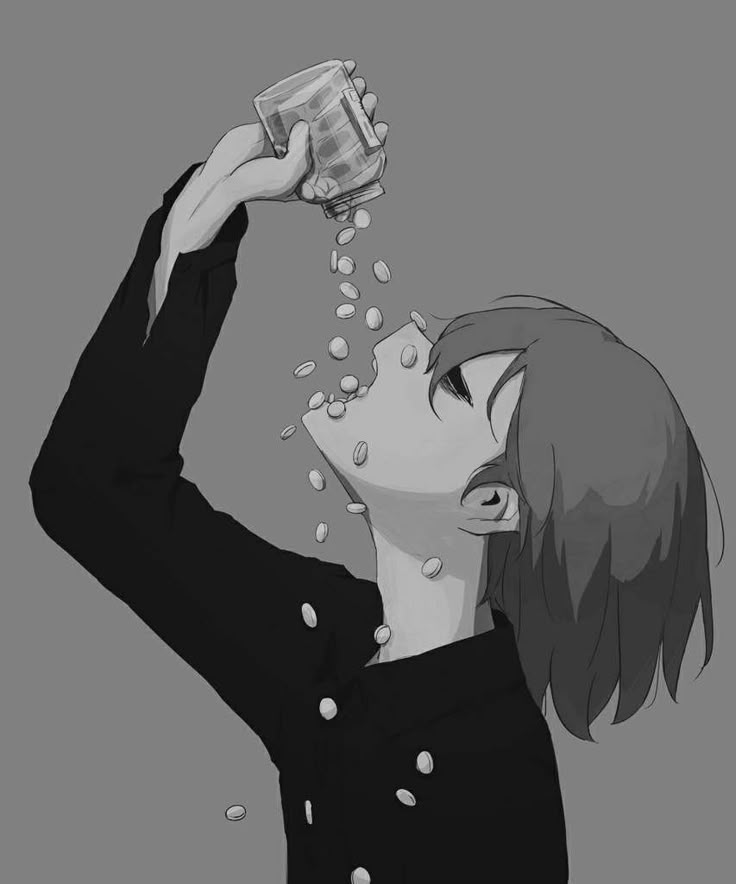 Images of people doing low, deceitful deeds are perfect for this.
Images of people doing low, deceitful deeds are perfect for this.
7
Grief-suffering
Grief is a negatively colored emotion associated with a sense of loss. Sorrow and sadness are often synonymous with grief. Suffering, in turn, is a collection of very unpleasant and painful physical or emotional sensations.
Physiological and external signs: raised inner side of the eyebrows, drawn together eyebrows, lowered corners of the lips, wrinkles on the forehead, in other cases - closed jaws, grin, thrown back or lowered head, clenched fists, tense body, tears.
How to cause grief-suffering: because. this emotion is very strong, it is quite simple to evoke it: firstly, you can reproduce external manifestations, secondly, imagine some kind of physical pain, thirdly, you can recreate in your imagination a very tragic situation from your life (the life of another person ) and immerse yourself in the experiences experienced in connection with this.
8
Shame
Shame is an emotion with a negative connotation associated with some unacceptable hidden or overt act or quality of the person who feels shame, or with another person for whom he becomes ashamed.
Physiological and external signs: numbness, desire to be left alone, constrained movements, passivity or desire to run away, guilt, intense breathing, lowered eyes, wrinkles on the forehead, compressed lips, redness of the face as a result of an abundant flow of blood to it.
How to evoke shame: to evoke the emotion of shame in yourself, it is enough to imagine that you have done something very bad or obscene and everyone who is nearby has found out about it. It is very good to feel shame when you imagine yourself naked in front of a large number of people who laugh at you. It is also easy to reproduce this emotion if you reflect its physiological signs.
9
Interest-excitement
Interest is an emotion with a positive connotation. Interest is associated mainly with the need to learn something new about any object, and increased attention to it. Excitement in this context can be called a set of internal experiences associated with something.
Interest is associated mainly with the need to learn something new about any object, and increased attention to it. Excitement in this context can be called a set of internal experiences associated with something.
Physiological and external signs: slightly wrinkled forehead and slightly shifted eyebrows, often rapid heartbeat and breathing, closed or, on the contrary, slightly parted lips, desire to possess, desire for physical contact, a gaze, increased concentration on the object of interest, in in case of strong excitement - increased sweating, trembling in the limbs, stuttering, confused breathing.
How to arouse interest-excitement: to arouse the emotion of interest is quite simple: you can imagine that you really want to know more about the person with whom you are close, or about some object, situation, event, phenomenon, reproduce physiological signs of interest, think about what is interesting, talk about it, collect the necessary information, etc.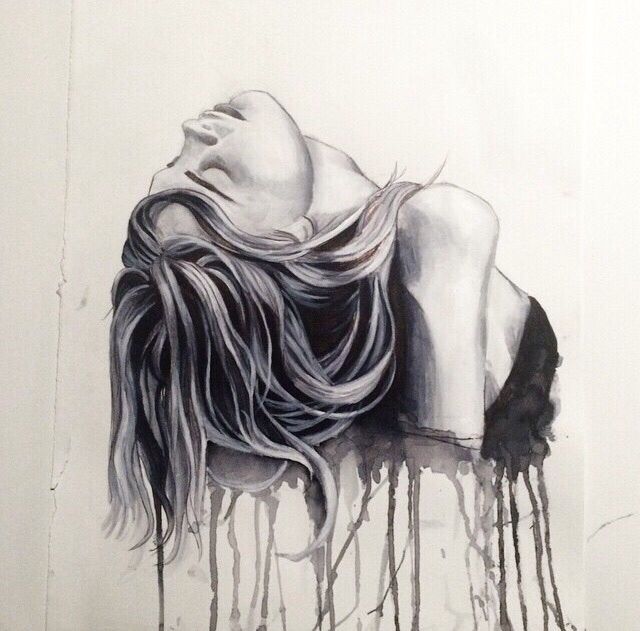 If you need to cause excitement, then you can think about some important upcoming event, or about one that has already happened, but imagine in the state in which you were even before that.
If you need to cause excitement, then you can think about some important upcoming event, or about one that has already happened, but imagine in the state in which you were even before that.
10
Guilt
Guilt is an emotion with a negative connotation that arises as a result of committing a certain act, which is perceived by a person as having negative consequences for himself or for others. Most often it appears in a person in relation to something done specifically by him, which distinguishes the emotion of guilt from the emotion of shame.
Physiological and external signs: lowered or shifting eyes, lowered head, deep breathing, desire to be alone with oneself, the appearance of a blush on the face, a trembling voice, sometimes a raised chin and a contemptuous look, but unwillingness to meet the eyes of others .
How to induce guilt: a person can feel guilty, first, if he imagines that he has committed some act that will cause other people or himself to suffer. Secondly, if it accurately reproduces the physiological signs of the emotion of guilt. You can also remember something from the past, for which you felt guilty: some actions, spoken words, committed deeds. The emotion of guilt is closely related to the emotion of shame, therefore, you can resort to methods that allow you to evoke this particular emotion.
Secondly, if it accurately reproduces the physiological signs of the emotion of guilt. You can also remember something from the past, for which you felt guilty: some actions, spoken words, committed deeds. The emotion of guilt is closely related to the emotion of shame, therefore, you can resort to methods that allow you to evoke this particular emotion.
As you can easily see, emotions are closely interconnected with each other and, in the vast majority of cases, allow one person to understand what another person is feeling at the moment. But if an actor shows on stage only those emotions that he actually feels at a given moment in time, this can have an extremely negative effect on the quality of his game. In order to avoid unpleasant situations (associated with the expression of emotions) during rehearsals, performances, filming, and in general in life, it is useful to learn some emotion management techniques. But first you need to know about these techniques. This is what we dedicate the final section of our lesson.
15 Emotion Control Techniques
Below we will look at techniques that will allow you to learn how to control your emotions and even induce a particular state at any given time.
1
Anchoring
The Anchoring technique has its origins in Neuro Linguistic Programming and is therefore one of the most effective when it comes to managing emotions. She has an amazing power to influence a person, both on others and on himself. For this reason, we will consider it in somewhat more detail than all of the following.
The meaning of this technique lies in the fact that in the process of simple, but regularly performed actions, a person causes a certain emotional state and fixes (anchores) it through the so-called ritual action. In simpler terms, a conditioned reflex is created that allows one to enter the desired state through the performance of a certain action. With the help of anchoring, you can evoke any emotion.
First of all, you need to create reinforcements, i.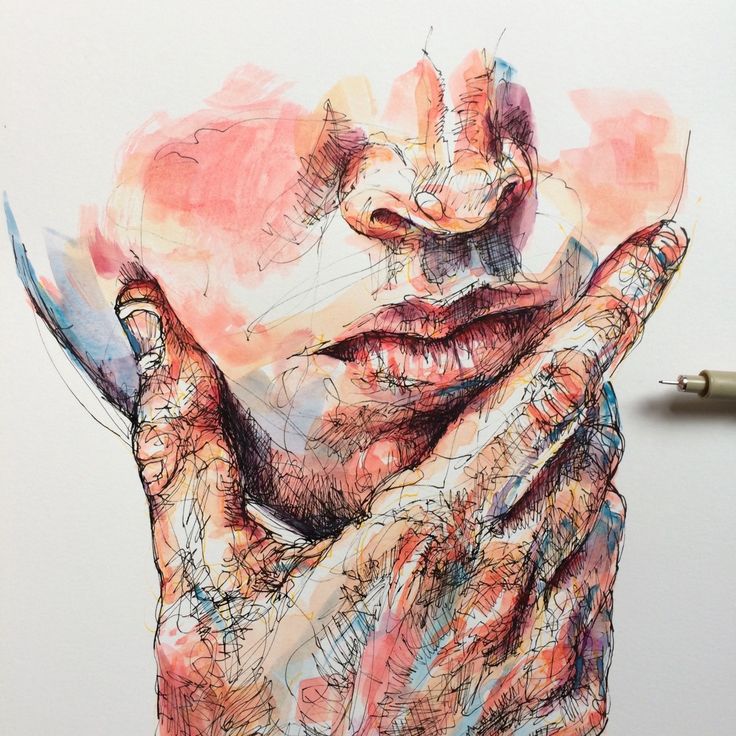 e. cause the desired emotional state, remembering any past experience corresponding to it from life. Then, at the moment of the highest intensity of this state, you need to perform a certain action, invented in advance. This may be crossing fingers, biting the lips, pinching the skin, etc. It is important that only you know about this action. By doing this procedure several times, you create an anchor that will instantly evoke the desired emotion in the future. This process is very simple, but requires regular and systematic consolidation.
e. cause the desired emotional state, remembering any past experience corresponding to it from life. Then, at the moment of the highest intensity of this state, you need to perform a certain action, invented in advance. This may be crossing fingers, biting the lips, pinching the skin, etc. It is important that only you know about this action. By doing this procedure several times, you create an anchor that will instantly evoke the desired emotion in the future. This process is very simple, but requires regular and systematic consolidation.
So the anchoring technique for is :
| 1 | Call up the desired state by accessing your memory. Imagine it in detail, visualize it, feel it, feel it completely, trying to reach the peak point. |
| 2 | At the moment of reaching the peak point, you perform a previously invented action. Try to come up with something that you will never confuse with anything and probably will not do spontaneously.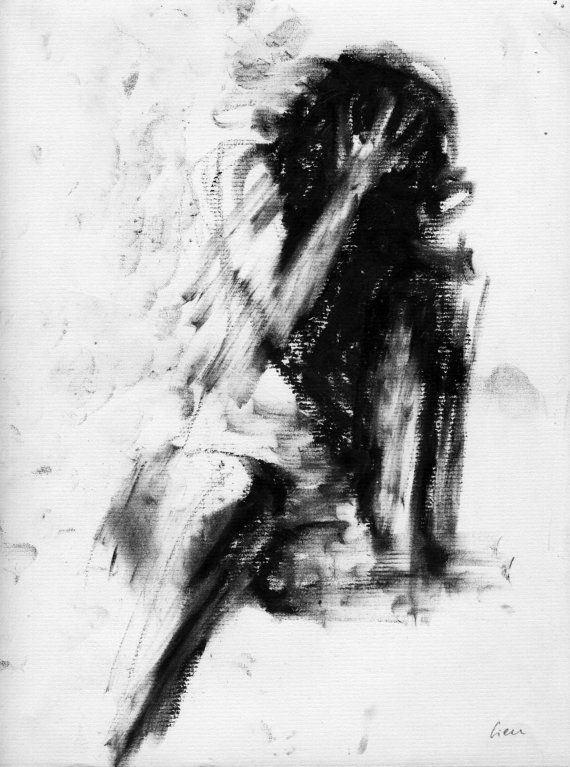 Repeat this sequence several times, taking small pauses between each "set" until you are "at your peak". Repeat this sequence several times, taking small pauses between each "set" until you are "at your peak". |
| 3 | After that, distract yourself to enter your normal emotional state. Take a break for a while (half an hour / hour) and let the state subside. Then repeat the first two points and again get distracted. |
Repeat the procedure regularly (10, 20, 30…100 times) so that the anchor is stable. The result will be the ability to invoke any emotion you need with a certain action.
2
Reverse action technique
This method is used to control emotions of high intensity. It is based on the replacement of experienced emotions with actions that are opposite in meaning to them. Moreover, the actions performed should not suppress or slow down the experienced state, but should simply express something else.
As an example, we can use the state of increased emotional arousal, when a person, for whatever reason, experiences an emotional outburst, which is expressed in excessive mental activity.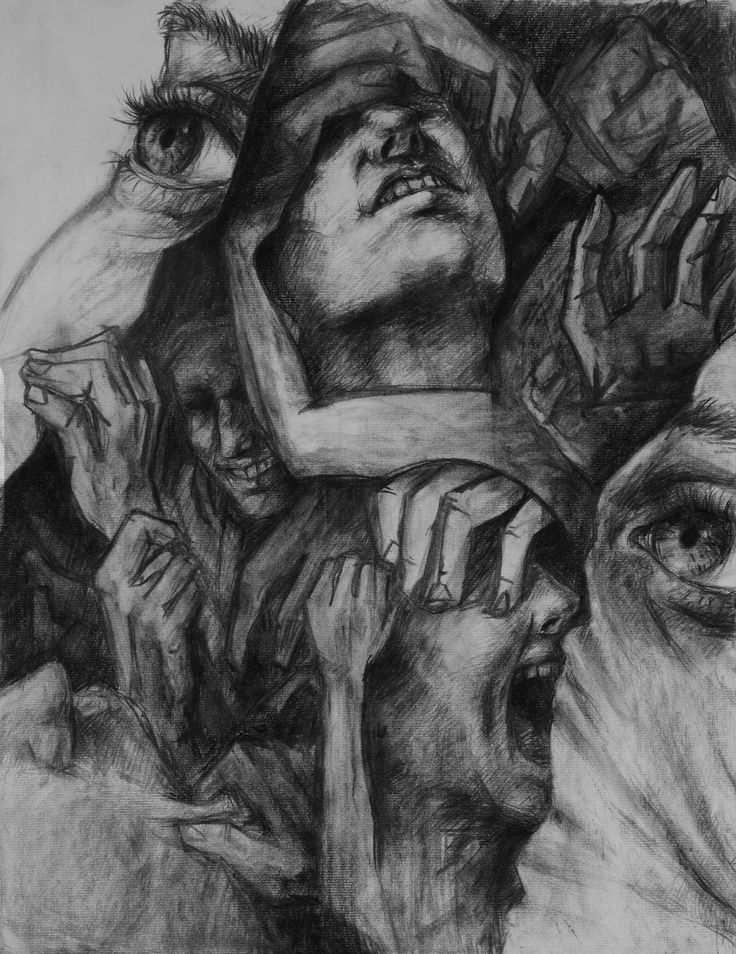 To suppress this surge, using the technique of the opposite action, you need to sit comfortably on an armchair or sofa, relax, slow down your breathing, think about something calm and pleasant. After some time, you will notice that your state has changed from emotional excitement to calmness and peace.
To suppress this surge, using the technique of the opposite action, you need to sit comfortably on an armchair or sofa, relax, slow down your breathing, think about something calm and pleasant. After some time, you will notice that your state has changed from emotional excitement to calmness and peace.
3
Muscle Release Technique
This technique helps to get rid of tension and related emotions. It is very convenient to use it when there is a surge of any negatively charged emotions, such as anger, anger, etc.
It is very easy to apply: as soon as you feel that negative (or positive) emotions begin to take possession of you, you need to sharply and quickly tighten all the muscles of the body (or some specific muscle group) and stay in this state until you will not feel that you no longer have the strength to be in tension. After that, the muscles will begin to relax spontaneously, and the outgoing tension will take with it the energy potential of the emotions that have begun to develop.
4
Title
Technique for identifying and labeling emotional reactions
The proposed technique is the main method of managing emotions, namely, recognizing and identifying current emotional states. But this method is complicated in its own way, because. requires a person to maximize the ability to self-observe and describe their mental manifestations.
The technique for applying this method consists of several steps :
| 1 | Definition and description of the event that generated the emotion. |
| 2 | Definition and description of the meaning given to the event. |
| 3 | Definition and description of emotion-related sensations. |
| 4 | Definition and description of movements caused by emotion. |
| 5 | Definition and description of the effect an emotion has on you. |
Step-by-step implementation of these instructions, firstly, in itself will remove most of the emotional stress, and secondly, will allow you to adequately and rationally assess your behavior and take the necessary actions to eliminate emotions. By the way, the same method can be used to evoke any emotion in yourself. But for this you need to have a clear understanding of the basic emotions of a person in order to be able to reproduce the necessary elements.
By the way, the same method can be used to evoke any emotion in yourself. But for this you need to have a clear understanding of the basic emotions of a person in order to be able to reproduce the necessary elements.
5
Technique for applying the suffering tolerance method
There is an opinion that sometimes, in order to cope with a negative emotion, one must allow the actions that it causes to manifest. This method is based on the fact that those experiences that accompany negative emotions can and should be simply endured.
For example, you feel angry or angry and want to scream, break something, hit someone. Under no circumstances should you do this. You just need to accept this emotion for what it is, to allow it to be. After a while, you will notice that this emotion will begin to fade, and later disappear altogether. And knowing how much mental suffering a negative emotional charge can cause, you can intentionally reproduce this or that emotion if necessary, for example, when you need to reproduce the behavior of an angry person.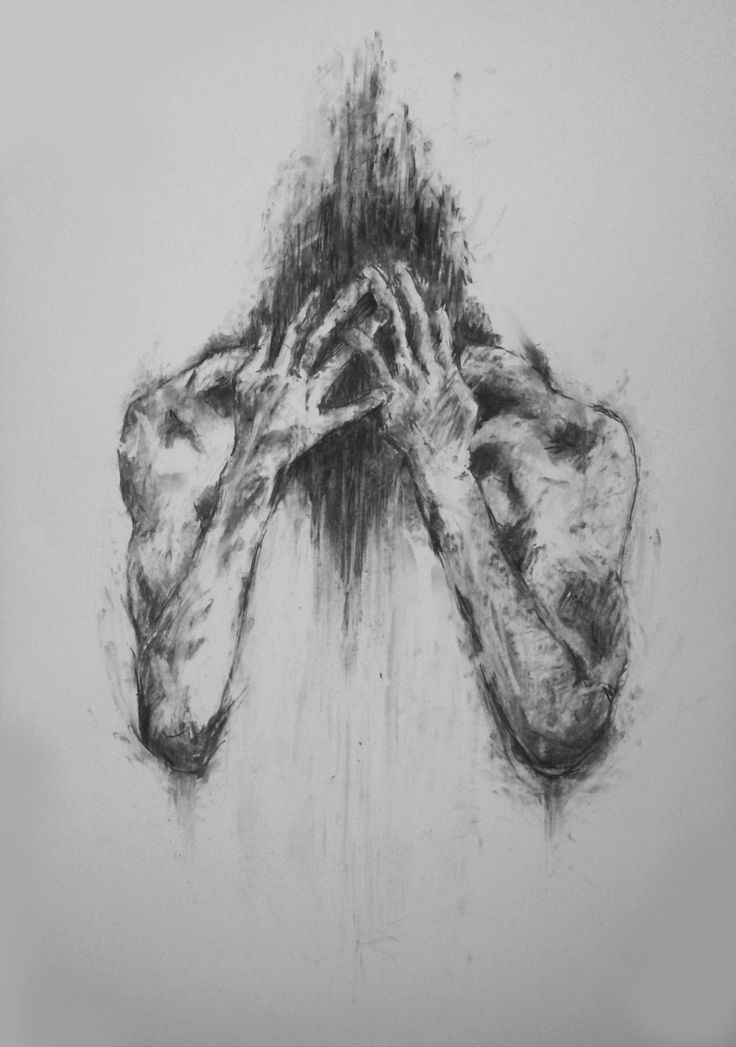
6
Technique for identifying barriers to change emotions
In many cases, certain barriers prevent a person from changing emotions. They may be related to habitual behavior, self-indulgence, protecting one's ego, maintaining status in society, and so on. The technique of identifying barriers makes it possible to identify these barriers, evaluate them, come to an understanding of what drives you and draw appropriate conclusions based on all this, which will allow you to influence your emotional state through volitional efforts.
As soon as you feel that somewhere in the depths of your being a negative emotion begins to arise and you cannot overcome it, try to switch your attention to determining its true causes: why it arises in you, what prevents you from changing it, what factors affect it. Such an analysis will allow you not only to learn to identify barriers, but also to better know yourself and your personality. Subsequently, this will be useful to you in the practice of acting, because.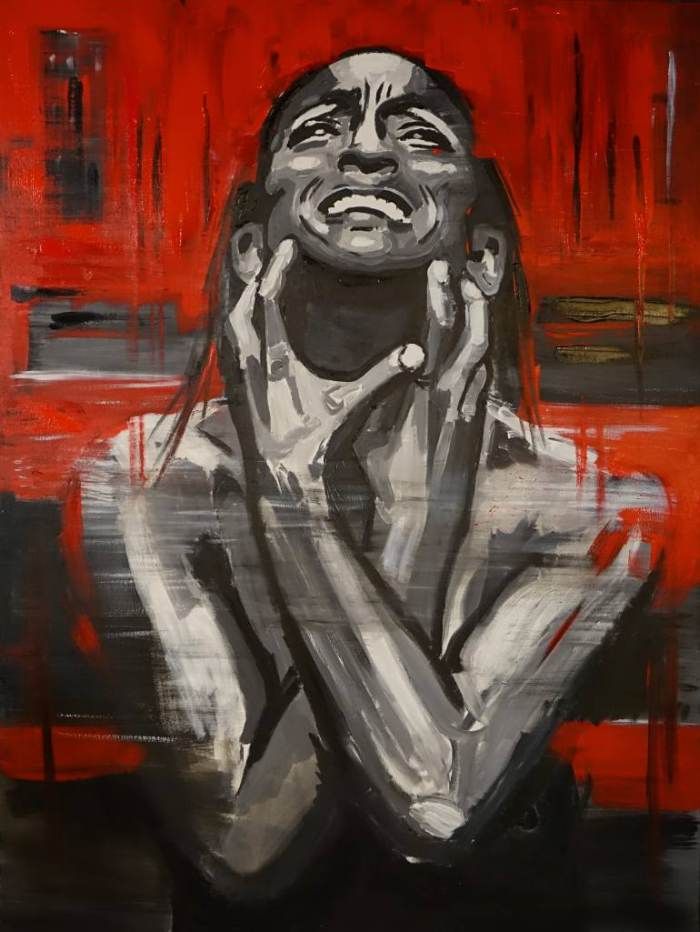 help, for example, to get rid of stage clamps, any complexes, etc. obstacles that prevent you from revealing your acting talent.
help, for example, to get rid of stage clamps, any complexes, etc. obstacles that prevent you from revealing your acting talent.
7
Simple Emotion Detection Technique
Another basic technique. Its goal is to master the skill of facing your emotions, and not seek salvation from them. When a person is aware of his emotional states, he always has a choice of how to react to a particular situation and what to feel.
You need to master this technique by simply writing down the events that cause you various experiences, the manifestations of these experiences, the features of their impact on you and your behavior. By doing this, you will learn to identify your typical responses to certain emotions. Knowing such information about yourself, you will be able at any suitable moment not only to neutralize the states that you would not like to experience, but also to produce those that you need at the present time. Just imagine what an impact the ability to reproduce or extinguish emotional states will have on your acting data!
8
Technique for reducing sensitivity to the level of "emotional intelligence"
a person begins to react to everything very quickly, sometimes without realizing what he is doing.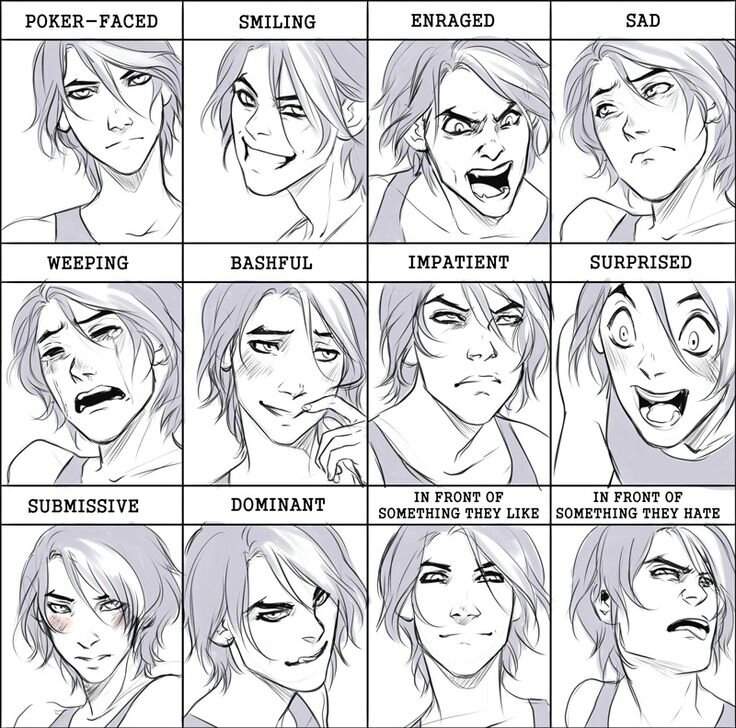 The fundamental factor here is the ability to maintain emotional balance in any life situation. This is "emotional intelligence" that prevents overexertion of any kind.
The fundamental factor here is the ability to maintain emotional balance in any life situation. This is "emotional intelligence" that prevents overexertion of any kind.
To make it possible to control your emotional balance anytime and anywhere, you should not only try to be constantly in a state of awareness, but also take into account such factors as proper nutrition, healthy sleep, morning exercises, abstinence from alcohol and drugs, etc. Together, this will have an amazing effect on you. Make up for yourself the optimal "mode of life". If you adhere to special rules that improve your lifestyle, this will certainly affect both your emotional state in general and the ability to control it, which, in turn, will be an advantage for you in acting and in life.
9
Technique for increasing the number of events that cause positive emotions
The ability to manage emotions is based, among other things, on the fact that negative emotions contribute to a person's poor health and vice versa.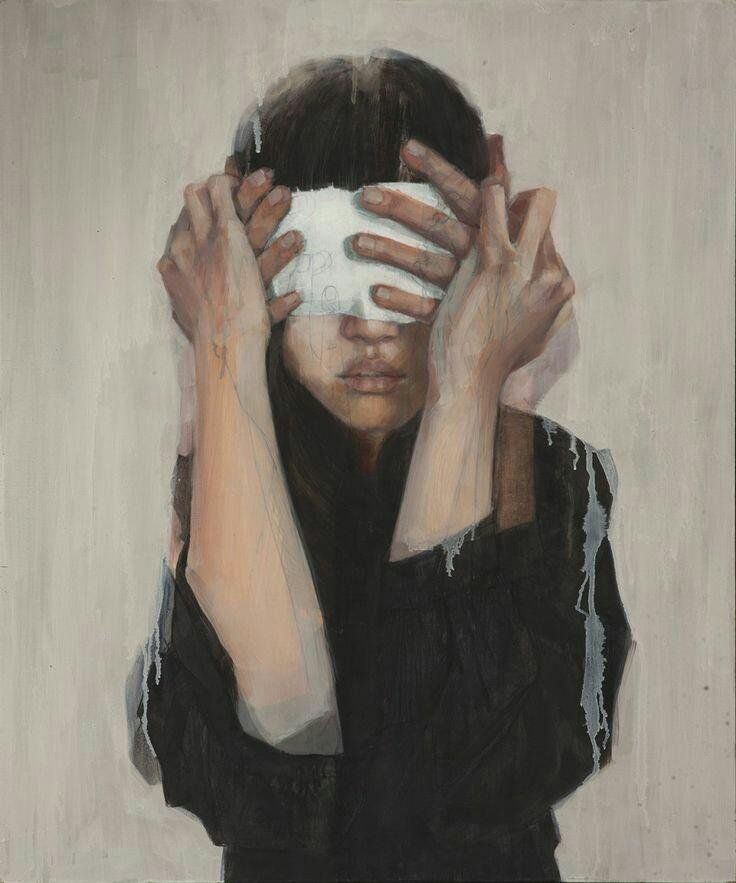 Of course, you can change the perception of emotions, but emotions will remain anyway. This technique involves mastering the skill of controlling what causes negative emotions.
Of course, you can change the perception of emotions, but emotions will remain anyway. This technique involves mastering the skill of controlling what causes negative emotions.
The main and main method of this technique is to increase the positive events that occur in a person's life. This can be done by purposefully performing any actions or organizing events that bring joyful experiences. The systematic practice of this can even lead to the fact that your lifestyle will change radically. But the initial result will be that you will begin to notice more good things happening in your life. And this means that your general attitude to any activity will be positive, and all undertakings will be crowned with success, because. in everything you will be accompanied by enthusiasm and the disclosure of creativity.
10
Technique of non-judgmental perception of emotions
This technique is designed to reduce the intensity of emotions through their non-judgmental perception.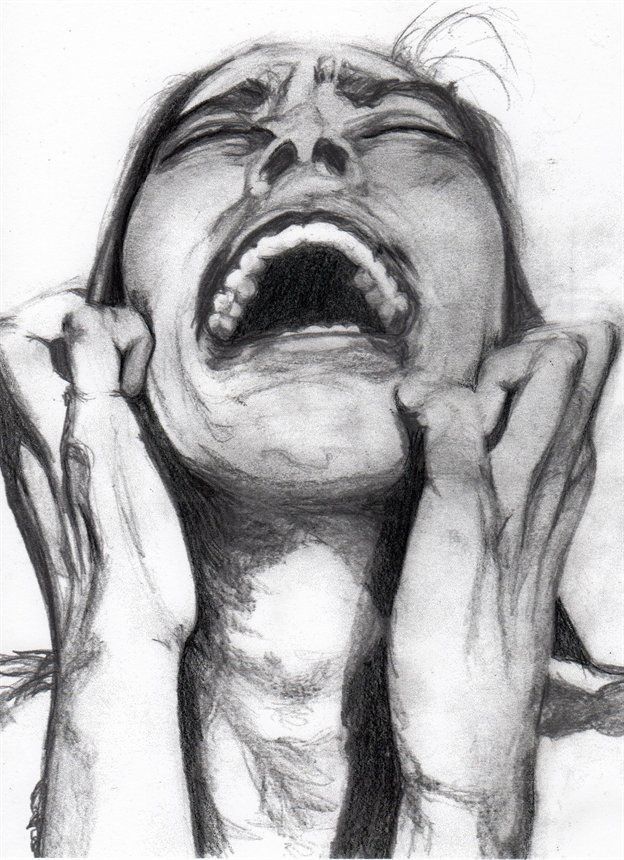 The fundamental principle here is that when a person does not make any judgments about his emotions, he, thereby, does not allow their psychic energy to take over his consciousness.
The fundamental principle here is that when a person does not make any judgments about his emotions, he, thereby, does not allow their psychic energy to take over his consciousness.
This technique is applied quite simply: when a strong emotion arises, don't give in to its influence, don't rate it either good or bad, concentrate on breathing, look at your emotions from the outside. Just note all the changes, thoughts, judgments about these emotions, remember that you are watching yourself. You can even try to predict the possible changes that could be if you succumbed to experiences. This skill can be successfully applied both in real everyday life, and in the one that you lead, being in character, playing, for example, in a play or in a movie, because. allows you to enter any emotional state by reproducing their details.
11
Technique for reducing psychological involvement in the current emotional state
The presented technique is based on the assertion that even greater experience of a negative emotion that has arisen only aggravates the situation, because, starting to empathize with oneself, a person induces the appearance of secondary emotions associated with the basic one, which increase the potential of the first, bringing even greater suffering.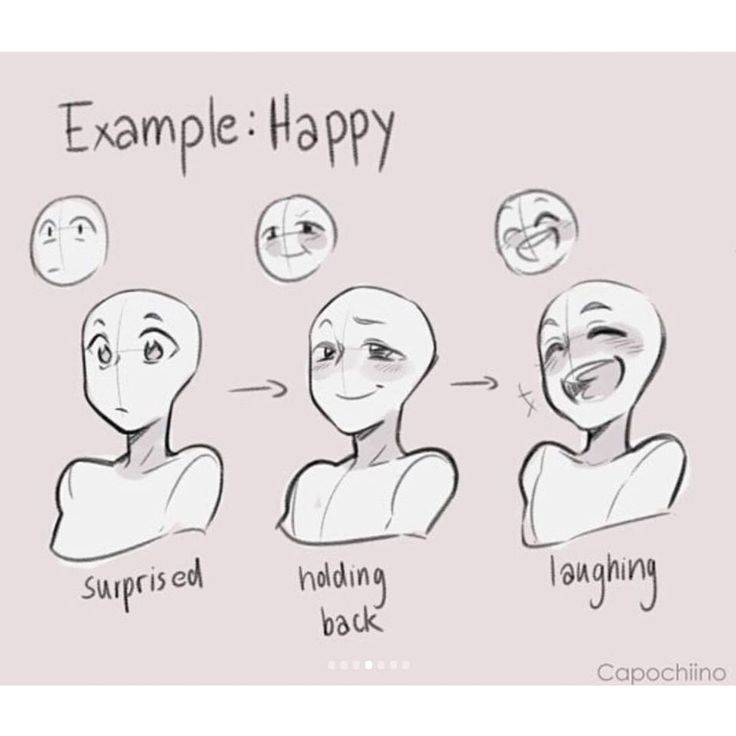 From this it follows that any negative emotion must and can be inhibited, reducing one's psychological involvement in it.
From this it follows that any negative emotion must and can be inhibited, reducing one's psychological involvement in it.
Just like in many previous techniques, the first task here is the ability to notice the emergence of an emotion in time. As soon as you feel that an emotion has appeared, do not let yourself build a habitual chain of subsequent reactions. For example, if you feel guilty, then it will certainly be followed by sadness, disappointment, self-flagellation, etc. To prevent this from happening, "slow down" your emotion, do not indulge in further reflection, do not make judgments, do not evaluate. Just accept the state as it is. Think about something abstract, pleasant, bringing opposite - positive emotions, etc. If you do not get involved in a negative state, its intensity will eventually begin to fade and come to naught. This skill will be useful to you, both in life and on stage.
12
Physical desensitization technique as a way to deal with emotions
This technique is similar to the desensitization technique discussed above.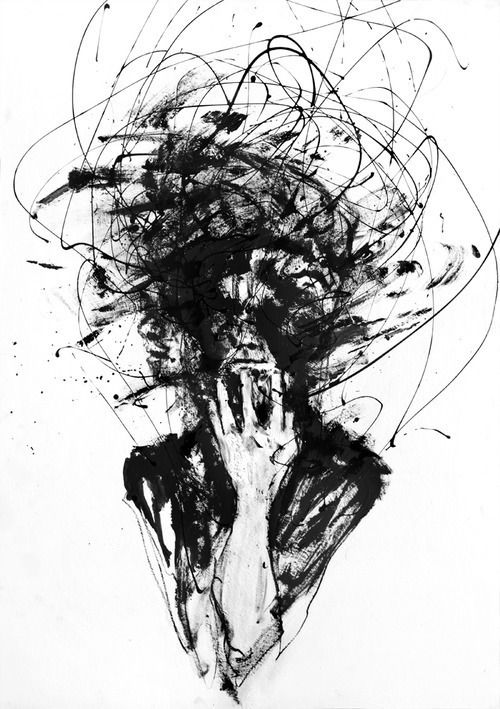 The most important thing here is the ability to recognize physical conditions that make a person more or less prone to the effects of emotional states.
The most important thing here is the ability to recognize physical conditions that make a person more or less prone to the effects of emotional states.
In order to determine how physical states affect your emotions, you need to ask yourself some important questions :
| 1 | How does the way I eat affect how I feel? |
| 2 | What are the short and long term effects of overeating and undereating? |
| 3 | What are the short-term and long-term effects of my use of alcohol, drugs, etc.? |
| 4 | How does my sleep affect my well-being? |
The answers to these questions should show you the real state of things, namely: how the above factors generally affect your emotional state, and how these states change, depending on the change in the indicators of these factors. Based on this, you will be able to determine the most suitable lifestyle for you, including sleep, diet, drinking or not drinking, etc. A well-designed regimen is bound to contribute to predominantly positive emotions and a better life, and will also have an impact on your productivity, both in everyday life and in acting.
A well-designed regimen is bound to contribute to predominantly positive emotions and a better life, and will also have an impact on your productivity, both in everyday life and in acting.
13
The Second Pair of Eyes Technique
Using this technique, you can, so to speak, split in two and master the skill of looking at yourself from the side, which will allow you to more critically evaluate yourself, your actions and emotional experiences, to see them essence and change as you wish.
The use of this technique means that you allow everything that happens to take its course. At the same time, the main part of your attention should be directed to yourself. You need to watch your reactions, manifestations, actions, etc. Cultivate an inner observer in yourself, which should be as critical and impartial as possible. Self-observation will allow you, if necessary, to make adjustments to your mental manifestations, which means that in any situation you will keep yourself and your emotions under control, which is a huge advantage not only in being in a stage image, but in life in general.
14
Deep breathing technique
it is closely related to the human nervous system. Breathing is the basis of life, and the way a person breathes has a direct impact on any states and emotions he experiences.
The practice of this technique is the practice of breathing exercises, which are the regulators of states. Today, there are many breathing exercises in which people mainly take deep breaths in and out. Here are one of these exercises:
| A | You need to sit up straight and take a deep breath through your nose for a count of four, then exhale through your mouth for a count of four. |
| B | On inhalation, the left leg first rises, on exhalation it lowers. After that, the right leg. And so on in turn. |
| C | Do four sets for each leg. |
Using this technique will allow you to reduce the intensity of any emotion and enter a state of balance and peace.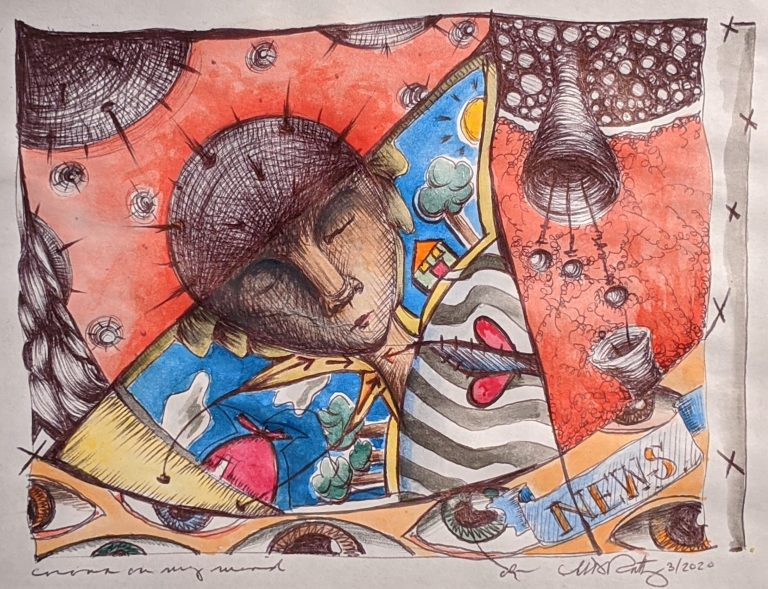 It is very effective because it can be used almost anywhere and anytime.
It is very effective because it can be used almost anywhere and anytime.
15
Conscious Emotion Control Technique
This is the last technique we will consider. Its main principle is the conscious and intentional management of their emotional states, which allows a person to control all emerging emotions and their subsequent manifestations.
In any situation where you feel any strong emotion coming up, take a short break. This means that you need to say to yourself: “I need to think”, “I want to reschedule this conversation”, “It's time to pause” or something similar, which will allow you to abstract from the experienced state for a while and “decompose into head all on the shelves. " Set a time limit for yourself during which you can realize your condition and evaluate it. This will stimulate you to enter into states of heightened awareness, during which you will be able to calm down and draw the necessary conclusions. It is very convenient to use this method to study emotions, which in the future will allow you to neutralize them or, conversely, intentionally cause them.
Based on the techniques we have presented in this lesson, we can conclude that there are many ways to influence our emotions. Of all the techniques considered, you can choose the one that is most suitable for you, develop it, study its features and apply it in everyday life. It is important to remember one important rule: a person chooses whether to be a slave to his emotions or their master.
As for the control of emotions in general, it should be noted that this skill is necessary for a person not only in cases where he is an actor, but also in general in everyday life. The ability to manage emotions can be useful for public speaking and for negotiating, and for influencing people, and for successfully running a business, and for building friendships or love relationships, and even for things like sound recording, photo shoots, interviews, etc. .
Train, learn to manage your emotions and get to know yourself! We wish you success in life and in acting!
Test your knowledge
If you would like to test your knowledge of the topic of this lesson, you can take a short test consisting of several questions.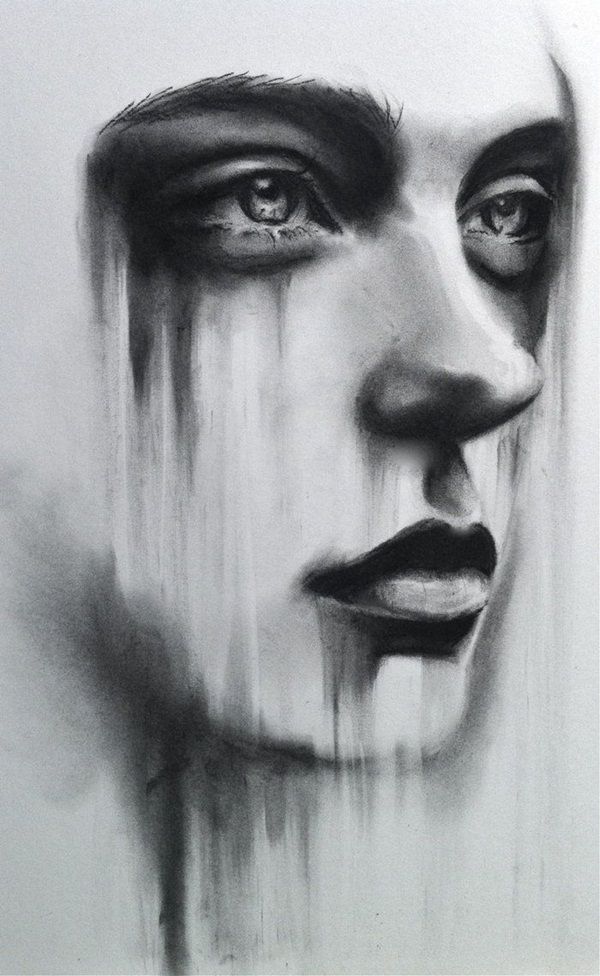 Only 1 option can be correct for each question. After you select one of the options, the system automatically moves on to the next question. The points you receive are affected by the correctness of your answers and the time spent on passing. Please note that the questions are different each time, and the options are shuffled.
Only 1 option can be correct for each question. After you select one of the options, the system automatically moves on to the next question. The points you receive are affected by the correctness of your answers and the time spent on passing. Please note that the questions are different each time, and the options are shuffled.
Statistics Full screen
Next we will talk about the art of experience and the art of presentation.
← 2 Qualities of an actor 4 Two arts →
6 emotions that differ in different cultures
Emotions are difficult to classify because they are different for each person. However, there are similarities between the way people of a certain culture express their emotions. In any case, for sure, there is no single way to express happiness, sadness, embarrassment, and any other human emotion.
Are emotions the same in every culture?
Cultural scientists define a cultural universal as "something common that exists in every human culture on the planet, but differs from culture to culture, such as values and behaviors.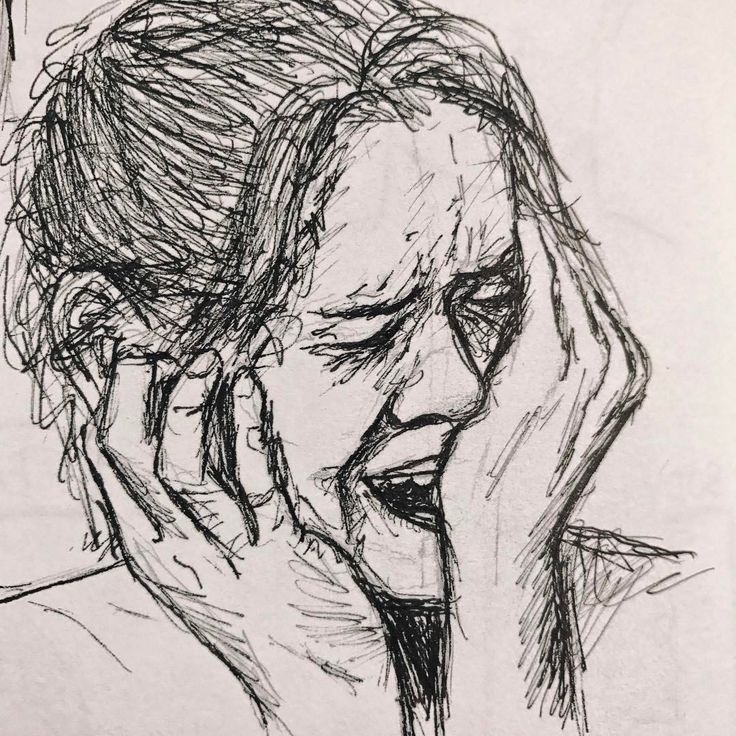 " This applies to cultural aspects such as traditions, language, expressions, food, marriage, art, music, jokes, sports, and more.
" This applies to cultural aspects such as traditions, language, expressions, food, marriage, art, music, jokes, sports, and more.
Now to the question of whether emotions are cultural universals. Yes, they are. The fact that we humans have emotions is definitely a cultural universal. Some will say that emotions are what makes us human. But how we as humans express our emotions depends exactly on the culture in which we grew up or now live.
- Is Latin a dead language?
6 emotions that differ across cultures
1. Gratitude
How we express recognition or respect towards others is very different in different cultures. One example is how we give gifts. In many Western cultures, it is customary to open gifts in front of the giver and express gratitude immediately. We even take one more step to show our gratitude: we thank the giver, even if we don't like the gift.
Here's a reverse example: in China or Japan, it's customary to open gifts only if the giver has already left. In China, it is even customary to refuse a gift several times before accepting it. For Western culture, that would be very rude. It is also worth noting that in China and Japan, you must accept a gift with both hands, otherwise you will be considered rude and arrogant.
In China, it is even customary to refuse a gift several times before accepting it. For Western culture, that would be very rude. It is also worth noting that in China and Japan, you must accept a gift with both hands, otherwise you will be considered rude and arrogant.
2. Fun
I have a few personal examples of this emotion, because I am American and live in Germany. One of the biggest differences I've noticed here is how the Germans express fun and when they laugh. In America, when someone jokes, you have to laugh sincerely and openly (especially if you need to impress your relatives). But in Germany, Germans often joke and don't even show a hint of a smile, they just keep talking. In one of my German lessons my teacher did this. I laughed in an American way, and they looked at me strangely. As such, Germans tend to express amusement with restraint, compared to Americans.
- Tips on how to learn a new language
3. Embarrassment
Embarrassment and shame are very unique elements of culture, because they are perceived quite differently depending on where you are. In many Western cultures, embarrassment is a negative emotion. It's something to hide. You don't want to create an awkward situation and you don't want to show others that something is embarrassing you. Hide this emotion quickly!
In many Western cultures, embarrassment is a negative emotion. It's something to hide. You don't want to create an awkward situation and you don't want to show others that something is embarrassing you. Hide this emotion quickly!
But in other cultures, like the Arabs, embarrassment and shame are positive emotions because it means you are decent. In other words, you are a decent person if you are ashamed. Embarrassment and shame are more positively perceived in such cultures, so when you feel them, you turn to others for help, rather than hiding your feelings as in Western cultures.
4. Pride
Pride is a very complex emotion that varies widely between cultures and even subcultures. I can make another clear distinction between individualistic cultures and collectivist cultures. While individualistic cultures (USA, Germany, France) focus on the individual, i.e. independence, autonomy, put their success as a priority, collective cultures (China, India, Morocco) aim at the success of the group, and as members of this group can promote each other's holistic success.
How pride is expressed in the workplace matters a lot. In individualistic cultures, the common goal may be to get a raise and then proudly tell others about it. But in collectivist cultures, people are more focused on achieving the goals of the group rather than individuals. They may even take a negative view of the fact that you want a higher salary and tell others about the increase, because it takes attention away from the group.
Anna talks about her studies at Lingoda
5. Sadness
Every culture experiences grief in one form or another. The way this grief is expressed (or rather allowed to be expressed) takes many forms. To give a few different examples: in orthodox Islamic cultures, divorce is considered more traumatic than the loss of a loved one, a concept that in Western cultures may not even fit into the category of grief. In European Catholic traditions, grief is often expressed in stoicism, and large emotional displays are perceived negatively, especially for men. But in African and Caribbean cultures, grief is openly expressed and even encouraged for both sexes. The more you grieve, the more respect you show the deceased.
But in African and Caribbean cultures, grief is openly expressed and even encouraged for both sexes. The more you grieve, the more respect you show the deceased.
6. Anger
According to a study on the positive and negative effects of anger, anger can be perceived both positively and negatively depending on culture and context. The comparison included people in the United States (who perceive anger negatively) and people in Japan (who positively associate power with expressing anger). In America, anger is considered a negative emotion that should be hidden. If you don't, then people wonder if you are mentally stable. But in Japan, those who have power are encouraged to show anger in order to demonstrate it. If powerful people don't express anger, they will lose their power in the eyes of others (or at least be perceived as weaker). Therefore, the expression of anger has a positive effect not only on oneself, but also on the people around. And here again, intonation has a great influence on the perception of certain expressions of anger.
